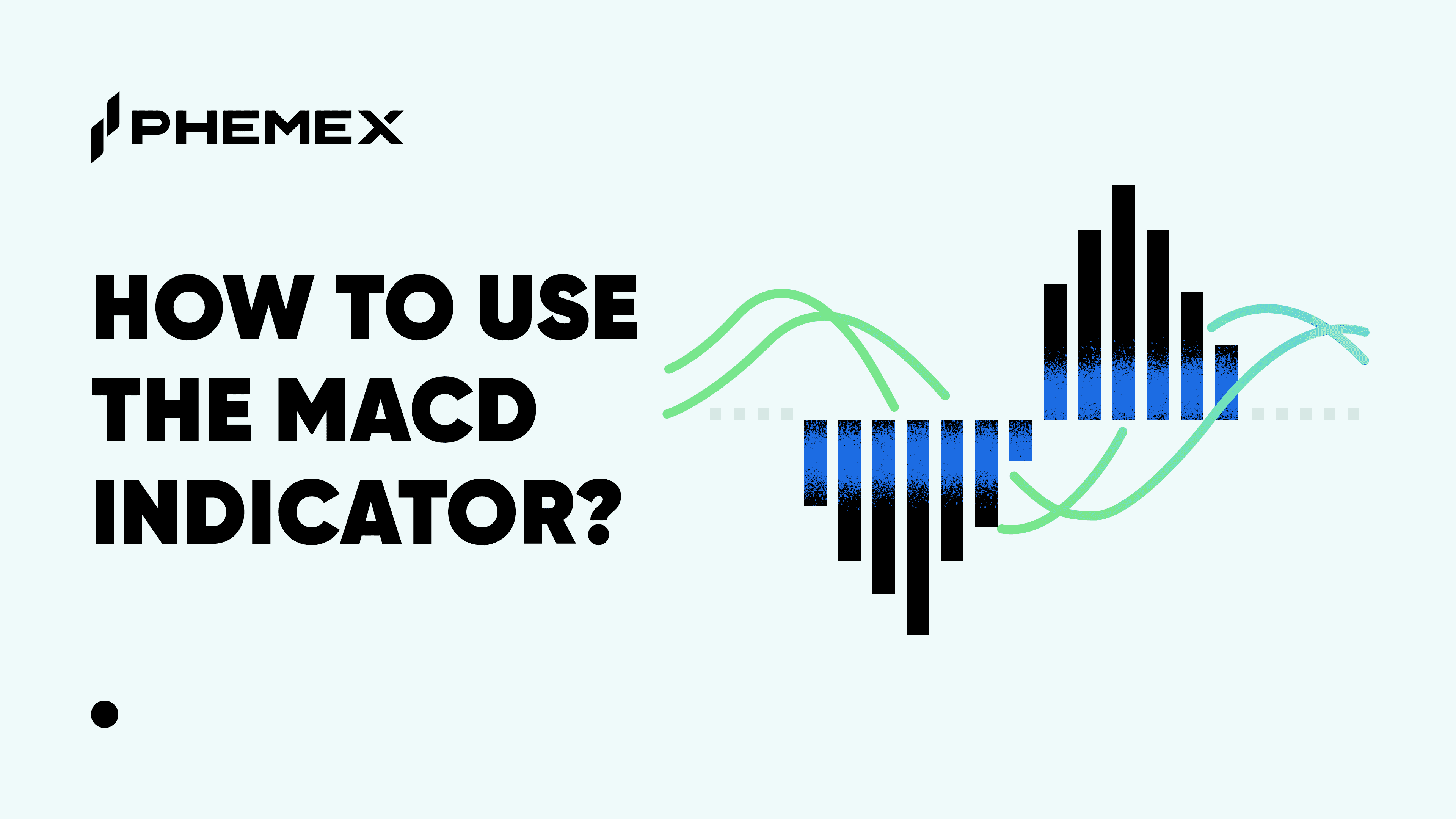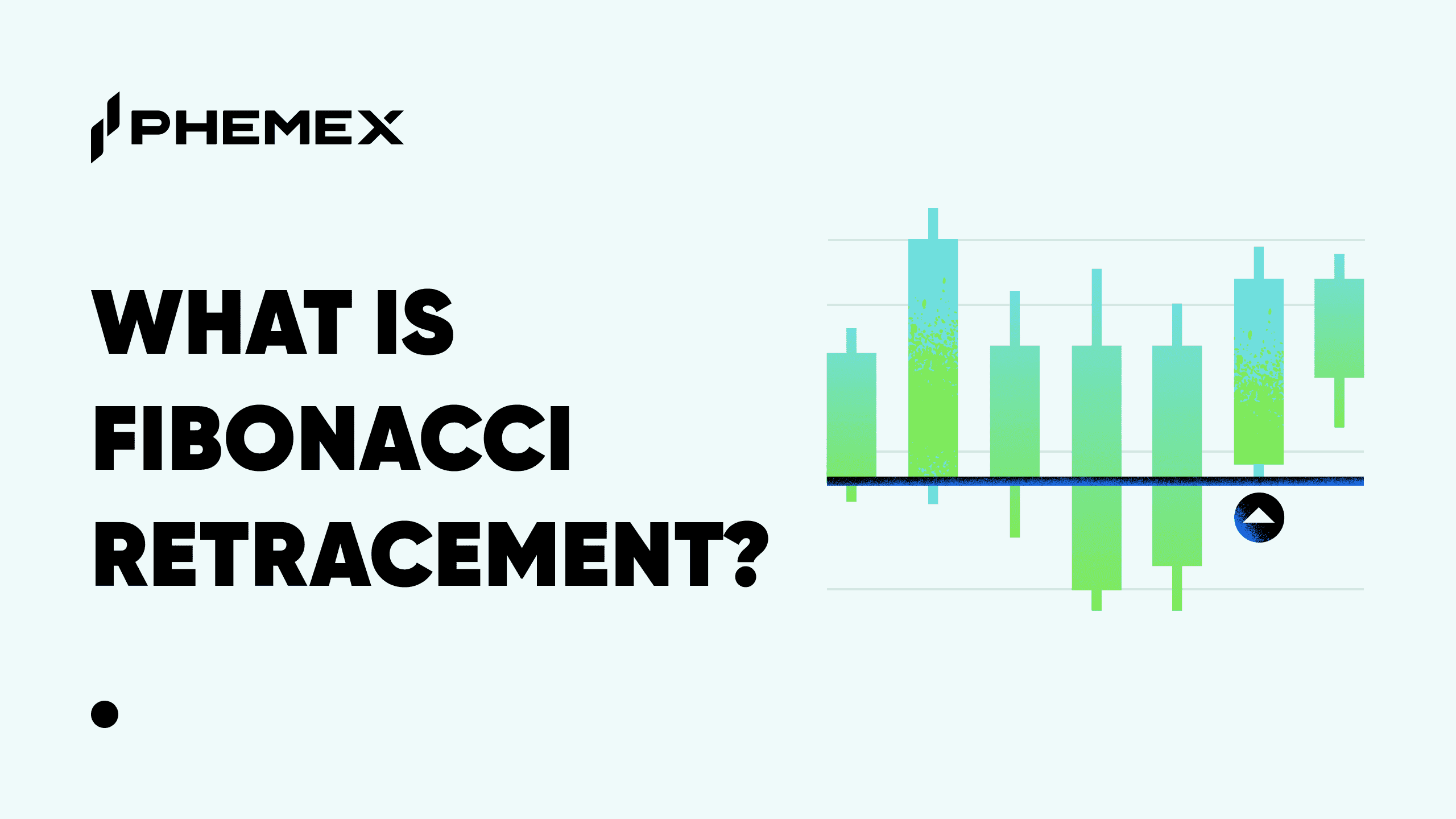
Crypto consolidation is a state in which crypto assets are not showing significant gains or losses in price, but rather moving sideways as viewed on a market chart. It’s important to learn more about consolidation periods in cryptocurrency markets and what it could mean for your trading strategy.
What Is Consolidation in Stocks?
The best way to understand cryptocurrency consolidation is to start with the basics of consolidation in stocks. The mechanics of any exchange market work the same – some people want an asset, others offer it, and buyers and sellers trade in a market. It follows that the basic concepts outlined below also apply to the crypto market.
Ideally, when you are trading stocks, you want to see enough price movement to profit from it. Depending on your strategy, whether the stock price is moving up or down might not matter much because you can trade both movements. What is important, however, is how much the price fluctuates.
Large spikes or drops in price can offer great trading opportunities but may also mean high volatility and greater risk. There is no universal explanation for stock price movements or how to trade them. What you need to know is that an asset price can also move sideways in a “consolidation trading pattern.”
Trends and Patterns
A trend is the continuous direction of a particular asset’s price. When the price is rising, the asset is said to be in an upward trend; when it’s declining, the trend is downwards.
The next thing to consider is patterns. Trading patterns are repeated price movements used to analyze and forecast market behavior.

The Consolidation Trading Pattern
Consolidation is a pattern that is neither trending upward or downward, and instead moves sideways. It can apply to individual assets as well as whole markets.
A consolidation trading pattern can take many shapes on a screener, such as a pennant, rectangle, or triangle. Triangles, in turn, can be symmetrical, ascending (for bullish trends), or descending (for bearish trends).
When the consolidation period ends, the asset “breaks out” up or down in a price movement that is significant compared to the sideways movements during consolidation. A breakout that continues the trend before the consolidation happened is called trend continuation. A breakout that goes opposite to the trend before the consolidation is called trend reversal or transition.
Volume
Trading volume is another important mark to keep an eye on when looking for breakouts. This indicator measures the amount of an asset traded during a particular trading session. Solid breakouts happen when there’s a large trading volume. A significant price swing without a large volume is likely a false breakout and not a sign that the asset is coming out of consolidation.

A chart of Netflix stock shows 1) an uptrend, 2) a consolidation period, and 3) a large trading volume during a bearish breakout. (Source: FINVIZ)
A Consolidation and Breakout Example
YourBestYears (YBY), a fictional biotech company, enjoys a strong interest in its stocks, driving its price on an upward trend. Then, some months pass by without news about YBY’s progress so interest stagnates, and the company’s stock enters a consolidation phase. After a while, YBY makes a major announcement: regulators have approved one of their solutions for market release. People want a piece of that company, so the consolidation phase ends with a breakout that continues the previous upward trend.
In an alternative series of events, suppose regulators did not approve the market release of YBY’s solution, with investors losing confidence in the company. In this case, the consolidation will likely break out downwards in a trend reversal. The stock was going up, then moved sideways, then plummeted down.
What Is Consolidation in Crypto?
The meaning of consolidation remains the same when it comes to cryptocurrencies. What differs is that consolidation is not as typical for crypto as it is for “traditional” assets like stocks. This is because the cryptocurrency market is in general quite volatile. Furthermore, the factors driving crypto market movements are somewhat different from those relevant to other tradable assets.
For example, the crypto market is affected by an increasing global push from governmental bodies to regulate these assets. A consolidation phase in the crypto market can be explained by traders and investors waiting to see crypto’s fate. Alternatively, investors might be waiting for better times to enter or exit their positions. Some believe that the crypto consolidation period is a market correction after the massive run-up in prices seen in the past years.
Trading Crypto Consolidation Patterns
Generally, you have two options during crypto consolidation:
- Wait for a breakout: This means you stay put and trade along or against the trend until a breakout occurs. A breakout generally becomes noticeable when the price of the crypto asset breaks through a resistance or support level coupled with a spike in trading volume.
- Trade the consolidation phase: Here, the risk may be lower because prices don’t swing that much up and down. However, returns may also be lower. Also, pay attention to false breakouts, so you don’t make a premature move thinking that a solid breakout is beginning.
Is Crypto Consolidation Good?
Crypto price consolidation is not inherently good or bad. Some traders thrive when markets are in chaos, and others do well when the market is calm.
If a crypto price is in a downtrend, it may find support at some level and start to move sideways in a consolidation phase. In this case, consolidation can be good, because it may indicate that the price has found a bottom and may move up soon. Alternatively, if the price is in an uptrend and then starts to consolidate, it may signify that the bullish trends are losing momentum, and the price may begin to move down soon.
None of this is guaranteed, though. What’s most important in a consolidated crypto market is to rationally decide how to play the market given the existing conditions.

How Long Does Crypto Consolidation Last?
In short, this question has no straight answer. The period of consolidation may last for days, weeks, or many months, and it’s impossible to say when it will end or where the market will go next – upward or downward.
The late spring of 2021 was a turning point for crypto when Bitcoin (BTC) experienced a massive plunge to almost half of its highest price point. In November, a bounce-back came when BTC prices reached historical highs, only to drop back to very low lows, and the market hasn’t been the same ever since. This only adds to the uncertainty of how long a crypto trend or consolidation may last.
A more abstract answer is that consolidation will last until a significant event causes a breakout. This event may be news affecting the market or a particular asset, significant changes in regulations, a new strong player entering, and so on.

Bitcoin going through a consolidation phase in late August 2021 (between red resistance and green support lines), followed by a false upward breakout (yellow upward trendline) and then a high-volume downtrend (yellow downward trendline and yellow circle indicating surge in trading volume) (Source: Phemex)
Using a Crypto Consolidation Screener
Following crypto news and honing your technical analysis skills will fundamentally prepare you for reading the crypto market. Hands-on learning is always the best, which means opening a screener and looking at the charts of the crypto you’re interested in.
Using Bitcoin as an example, you can pull out its charts for a given period and look for BTC consolidation trading patterns (a few have occurred already). Then, look at what follows such periods.
As already noted several times, past behavior is no guarantee for future performance. No one can be sure how the market will go after a consolidation. However, studying charts to spot trends and patterns is an excellent way to get a feel for how the markets work.
Other Uses of “Consolidation”
“Consolidation” can have other meanings in various contexts in trading, investing, and markets. Here are some common examples.
What Is Business Consolidation?
In a business setting, consolidation is about the merging of businesses. When this happens, two or more entities merge into one.
What Is Asset Consolidation?
You’ve already heard that a diversified portfolio is a good way to protect yourself from huge losses. Sometimes, traders do the opposite: they consolidate their assets by selling some to buy more of others.
What Is Bitcoin Consolidation?
“Bitcoin consolidation” can refer to a practice meant to save you some money when doing Bitcoin transactions. Each BTC transaction carries a cost, and doing several can add up to a hefty sum. “Bitcoin consolidation” in this sense refers to bundling up several transactions into one to save on network fees.
Conclusion
Consolidation is a phase that every market, be it crypto or any other, goes through from time to time. It is typically characterized by slower price movements and lower trading volumes. A consolidation period may last for a day, a week, or even months.
While some investors see consolidation as a chance to make quick profits, others see it as a period of caution to wait out before making any decisions.
Whatever your approach is, understanding and preparing for consolidation is an important part of trading and investing in cryptocurrencies.
Read More
- Crypto Trading vs. Investing: Key Differences Explained
- Crypto Portfolio Rebalancing: What is the Best Way?
- What Is a Market Pullback: What To Do During a Crypto Pullback?
- Crypto Price Action Trading Strategy
- What is Cryptocurrency & How It Differs From Digital Cash
- July Crypto Market Analysis
- Which Crypto to Buy Today for Long-term & Short-term?
- How to Read Crypto Charts: Learn Trading Chart Patterns








